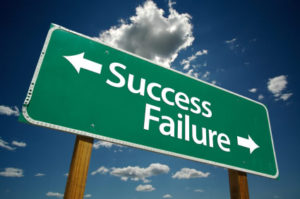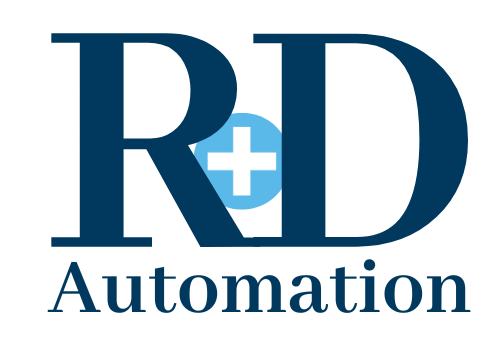 As a custom machine builder operating primarily in the pharmaceutical and medical equipment industry, R+D has 40 years of experience in a landscape that has seen more change than an Illinois tollbooth. As the technology we integrate evolves, we’re faced with the task of designing equipment that is flexible, safe, and robust.
As a custom machine builder operating primarily in the pharmaceutical and medical equipment industry, R+D has 40 years of experience in a landscape that has seen more change than an Illinois tollbooth. As the technology we integrate evolves, we’re faced with the task of designing equipment that is flexible, safe, and robust.
Over the years we’ve built everything from small lab fixtures and prototypes to fully integrated automatic systems. We’ve spent countless hours designing around the obstacles listed below and now we make sure to address these issues early on if we see them surfacing.
1. Project Not Defined Well Enough – When being asked to provide a quote for a project, it is imperative that the project is well defined. Uncertainty can lead to assumptions and assumptions lead to mistakes. We all know that mistakes cost time and money. We identify and discuss any gray areas early on with our customers. Getting it right the first time around requires both sides to have a thorough understanding of what the automation will accomplish, the barriers to success, and a realistic grasp on the time and money required to execute the project successfully.
2. Client Doesn’t Clearly Understand Their Own Process – We reiterate often that “We are experts at integrating proven technologies into custom solutions.” We are not experts at a customer’s process and don’t claim to be. We rely on our customers’ knowledge of their own processes and parameters within those processes to be able to build a system that runs efficiently and effectively. We ask questions to get the information that we need to be successful in a project and in doing so sometimes help provide clarity to our customers regarding their own processes.
3. Designing Equipment to a Customer’s Specification Without Challenging It – Customers come to us with unique projects, often asking us to design to or around a user requirement specification. We have no problem designing to spec, as long as we’ve done our due diligence. Many times clients overlook or fail to recognize certain aspects of a design that aren’t the best option. It is our responsibility to verify whether or not the proposed design will produce the most robust system possible. If we identify a design element that is flawed or if we know a more effective or efficient way to complete a task we will be sure to share our ideas with our customer.
4. Assuming That Everything Will Go as Planned (not padding for added time and money) – We think it’s human nature to be optimistic, but when it comes to capital projects that require several weeks/months of planning and execution, it’s almost inevitable that something will go off the rails. We like to plan for the detours and roadblocks that are inherent in larger projects and in the event that we don’t encounter any time consuming hangups, we like to throw in minor amendments or add-ons that a customer might propose.
5. Being Too Conservative or Too Aggressive in Pricing and/or Delivery – Quoting price and delivery can be an art. If we’re too conservative we can be disqualified even if we’re the preferred supplier and being too aggressive can bury other projects we’re working on and/or not leave enough margin for unforeseen costs. When quoting aggressively with slim projected profits, a rework or delay can easily turn a profitable project into a loser. Finding equilibrium in pricing and delivery is the key to successful quoting.
6. Wandering Into Uncharted Territory – We are experts at integrating proven technologies into custom solutions. The most successful projects for us tend to be ones in the industries we’re most familiar with, integrating technologies that we have experience with, and automating processes that we’ve automated in the past. We won’t shy away from a project just because one or more of these variables may be new to us, but we will definitely proceed with caution, making sure to be painstakingly detailed during the initial stages of quoting and the subsequent project.
We have been able to establish relationships and have built equipment for some of the most trusted names in the life sciences industry by paying close attention to detail and communicating openly and often. We pride ourselves in the quality of work that we deliver on every project large and small, but we know that we couldn’t have gotten to where we are without the trust that our customers continue to place in us. That trust has been earned by continually identifying and resolving these issues as soon as they surface.
